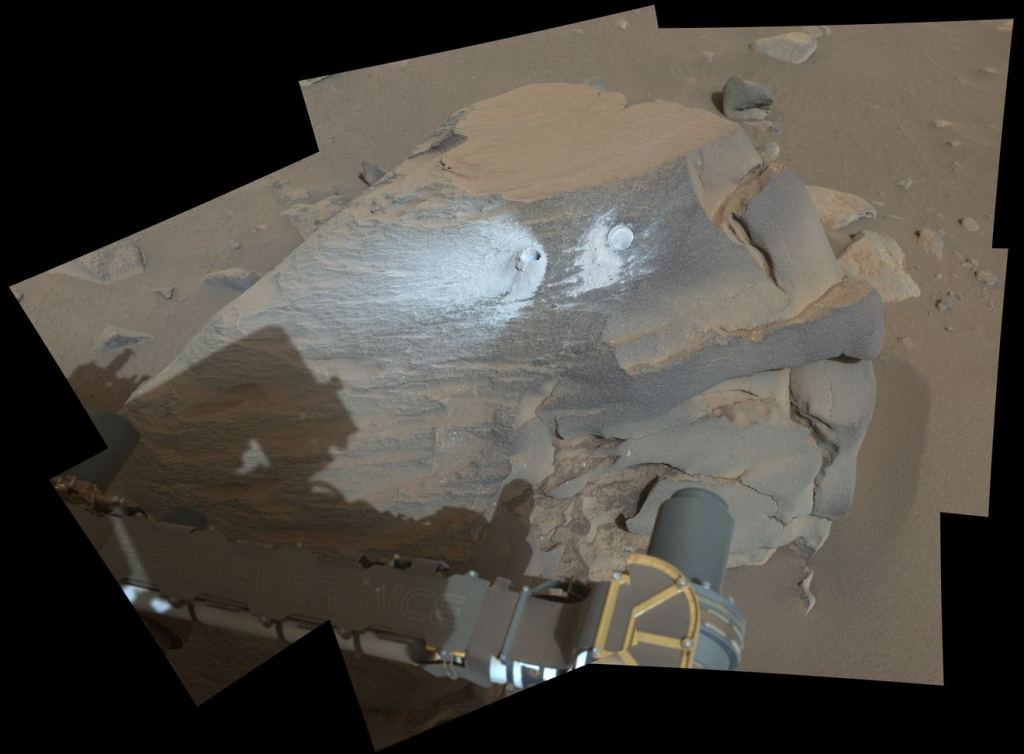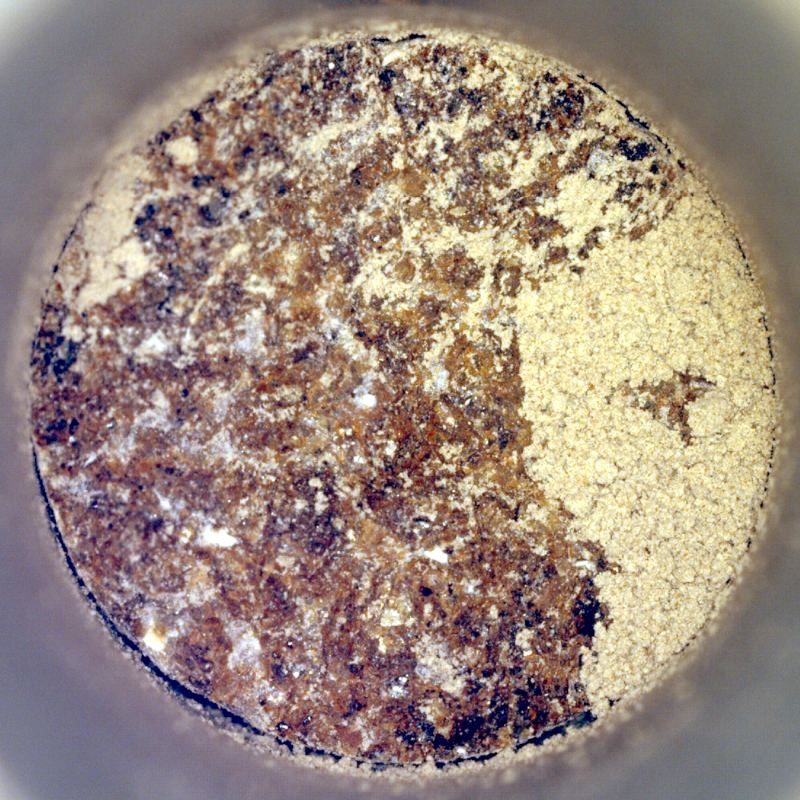If there's a Holy Grail on Mars, it's probably a specific type of rock: A rock so important that it holds convincing clues to Mars' ancient habitability.
Perseverance might have just found it.
If scientists could design the perfect rock for Perseverance to find, it would be one that displayed evidence of ancient water and was the type that preserves ancient organic material. The rover may have found it as it explores the Margin Unit, a geologic region on the inner edge of Jezero Crater's rim. The Margin Unit was one of the reasons Jezero Crater was selected for Perseverance's mission.
"To put it simply, this is the kind of rock we had hoped to find when we decided to investigate Jezero Crater."Ken Farley, Perseverance project scientist, Caltech.
The Margin Unit is in a narrow band along the crater's western rim. Orbital observations showed that it's one of the most carbonate-rich regions on the planet. "Its presence, along with the adjacent fluvial delta, made Jezero crater the most compelling landing site for the Mars 2020 mission," presenters at the 2024 Lunar and Planetary Science Conference wrote.
The decision to send Perseverance to the Jezero Crater and the Margin Unit seems to be paying off. Bunsen Peak caught scientists' attention because it stands tall compared to its surroundings. One of the rock's faces also has an interesting texture. Scientists thought the rock would allow for nice cross-sections, and since it stood vertically, there'd be less dust when working on it. Surface dust is a problem for Perseverance because it can obscure the rock's chemistry.
The Perseverance team decided to sample it and cache the sample along with the rest of its cores for eventual return to Earth. But first, they scanned the rock's surface with SuperCam and PIXL, the rover's spectrometers. Then, they abraded the rock's surface and scanned it again. The results show that Bunsen Peak is 75% carbonate grains cemented together by nearly pure silica.
"To put it simply, this is the kind of rock we had hoped to find when we decided to investigate Jezero Crater," said Ken Farley, project scientist for Perseverance at Caltech in Pasadena, California. "Nearly all the minerals in the rock we just sampled were made in water; on Earth, water-deposited minerals are often good at trapping and preserving ancient organic material and biosignatures. The rock can even tell us about Mars's climate conditions that were present when it was formed."
Here on our planet, carbonate minerals can form directly around microbe cells. Once encapsulated, the cells can quickly become fossils, and are preserved for a long time. This is what happened to stromatolites here on Earth, and they now constitute some of the earliest evidence of life on our planet.
These minerals are a high priority for return to Earth. This sample is number 24, named Comet Geyser, because everything gets a name when you intend to transport it to Earth from another planet.
There's something specific that makes this sample even more intriguing. They're microcrystalline rocks, meaning they're made of crystals so small that only microscopes can see them. On Earth, microcrystalline rocks like Precambrian chert hold fossilized cyanobacteria. Could the same be true of Bunsen Peak?
"The silica and parts of the carbonate appear microcrystalline, which makes them extremely good at trapping and preserving signs of microbial life that might have once lived in this environment," said Sandra Siljeström, a Perseverance scientist from the Research Institutes of Sweden (RISE) in Stockholm. "That makes this sample great for biosignature studies if returned to Earth. Additionally, the sample might be one of the older cores collected so far by Perseverance, and that is important because Mars was at its most habitable early in its history."
via GIPHY
Comet Geyser is Perseverance's third sample from the Margin Unit. There's still more work to do, but the samples support what scientists thought about Jezero Crater before Perseverance landed there: it was once a paleolake.
"We're still exploring the margin and gathering data, but results so far may support our hypothesis that the rocks here formed along the shores of an ancient lake," said Briony Horgan, a Perseverance scientist from Purdue University. "The science team is also considering other ideas for the origin of the Margin Unit, as there are other ways to form carbonate and silica. But no matter how this rock formed, it is really exciting to get a sample."
It wasn't that long ago that we knew very little about Mars. In the absence of knowledge, imagination took over. American astronomer Percival Lowell wrote three books about canals on Mars, popularizing the idea that intelligent life was extant on Mars and engineering the planet's surface.
Astronomers didn't buy the idea, which turned out to be untrue. But now we know that Lowell was at least partially, though inadvertently, correct. There are no canals, but there may have been lakes.
There was no intelligent life, but there may have been simple life in those lakes. Once we get Comet Geyser and the other samples back to Earth, we may find out for sure.
 Universe Today
Universe Today



